Can solar storms wipe out the satellites in Earth orbit? Study reveals Horrifying truth
Study claims that a powerful solar storm is capable of destroying most satellites orbiting around the Earth. Know how it can affect us.
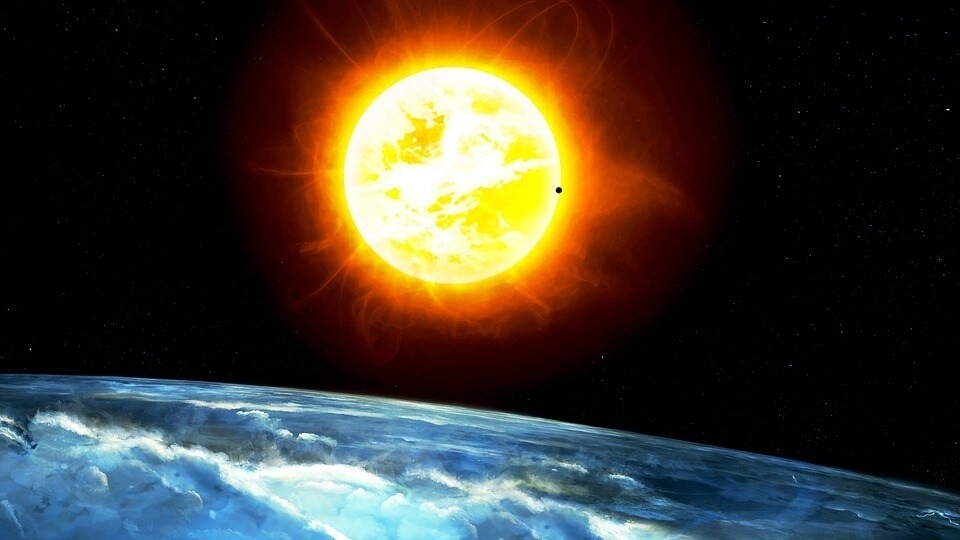
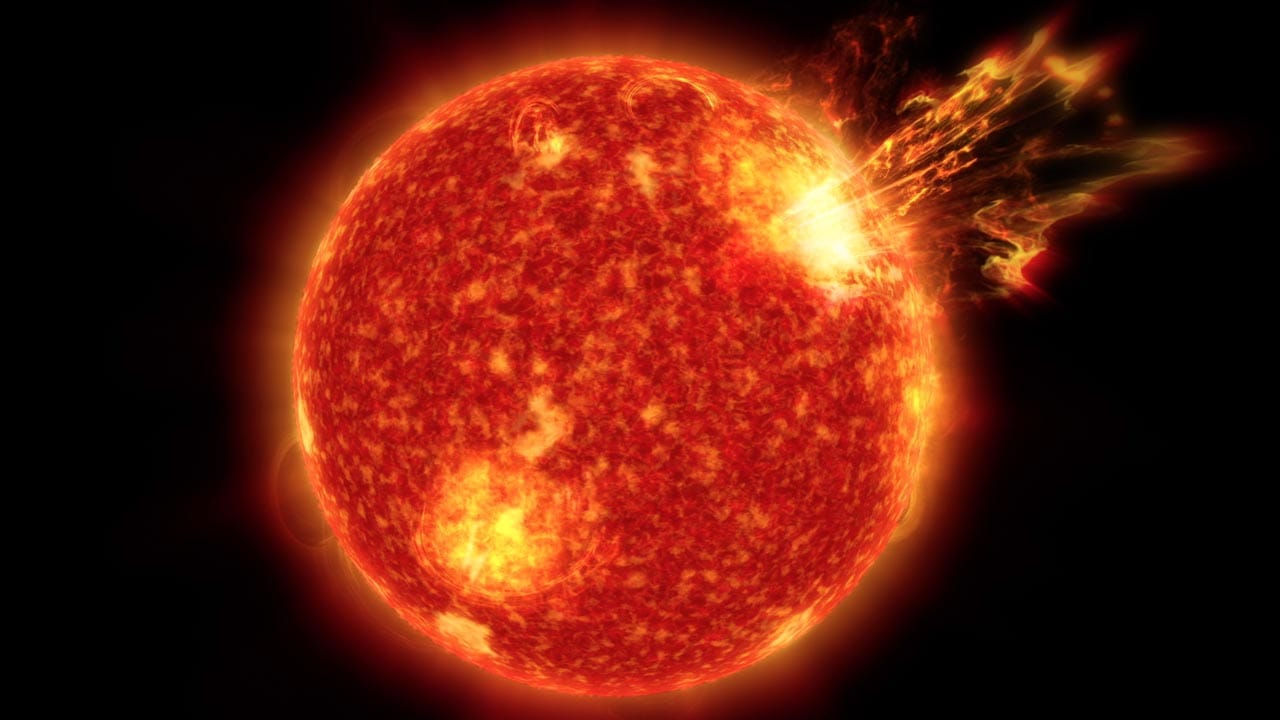
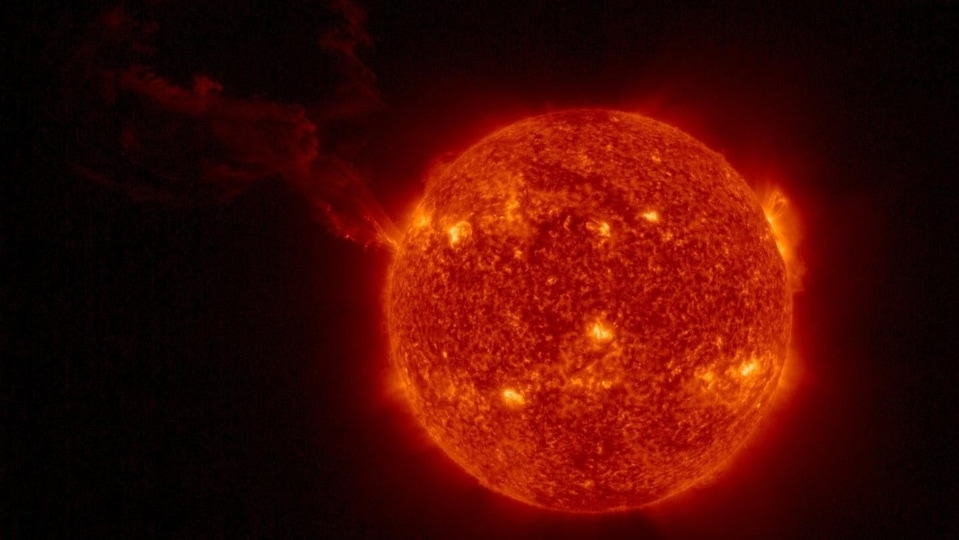
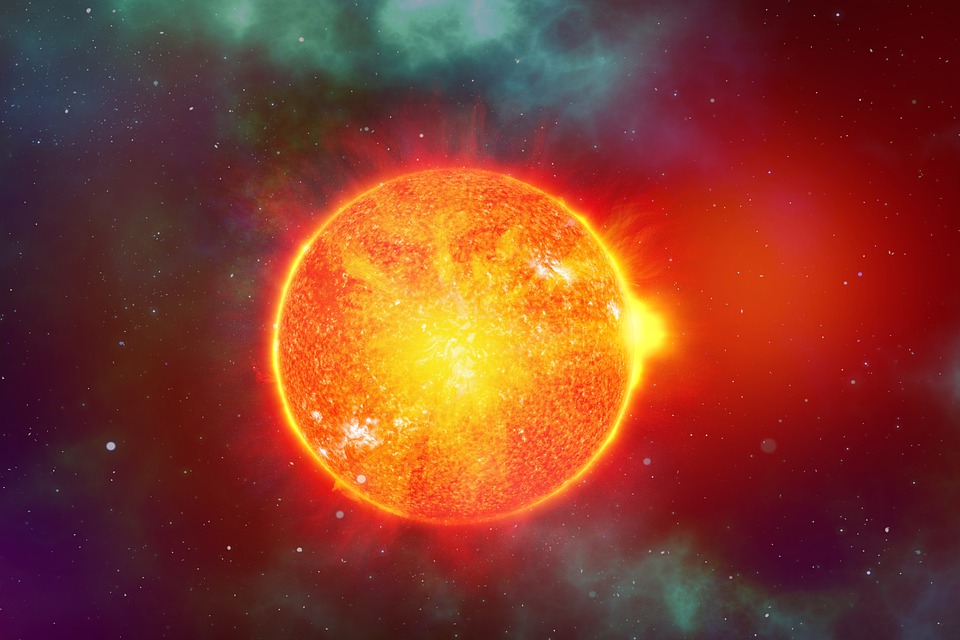
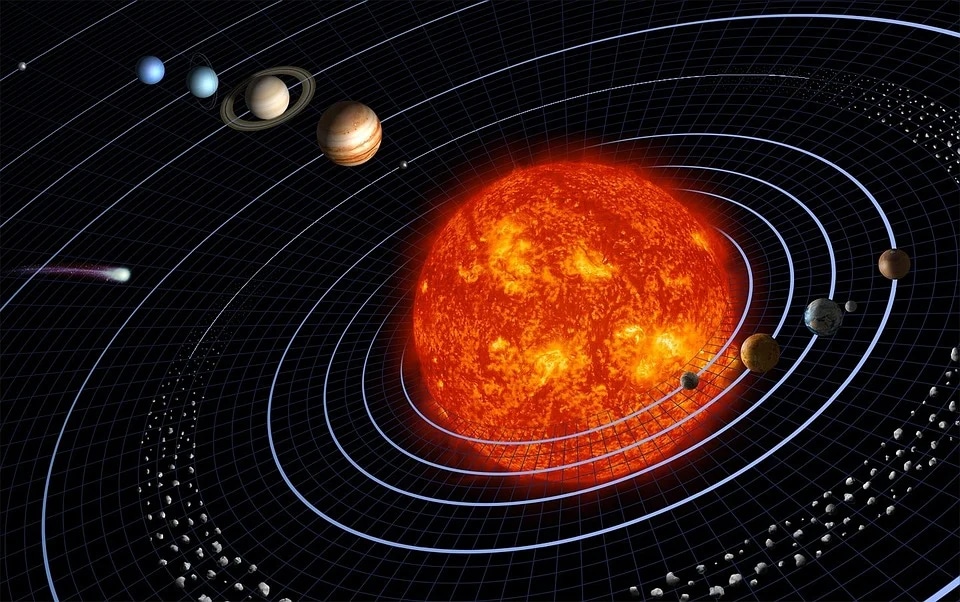
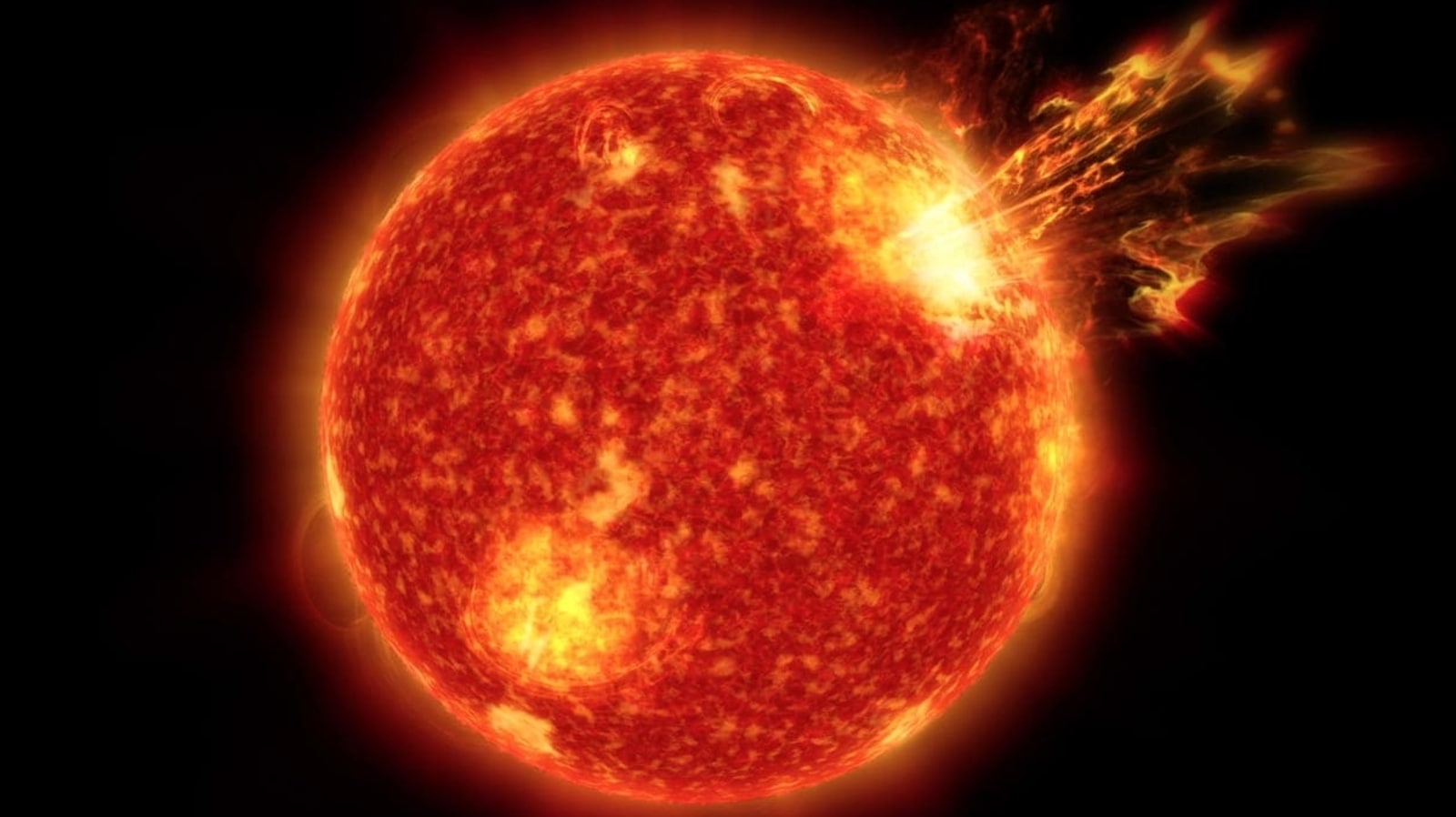
 View all Images
View all ImagesIn February 2022, an unprecedented tragedy befell the Elon Musk led SpaceX. It was conducting its routine Starlink satellite launch, which was set for the lower orbit of the Earth. These satellites were to help SpaceX spread the coverage of its satellite-based internet service globally. However, tragically, during the launch event, the space company did not consider that a solar storm was set to hit Earth on the same day. What happened next was a terrifying event which saw 40 of the Starlink satellites get destroyed as they desperately sought to reach a safe orbit and instead they plunged to a fiery death back towards Earth. Notably, it was not a particularly strong solar storm. it was just a G2-class solar storm. Just imagine, what a powerful G5-class solar storm could do to humanity? A study claims that it can potentially destroy most satellites orbiting the Earth, crash the Internet and even the power grids around the world. Know what will happen in such a horrific situation.
The study, by Sangeetha Abdu Jyothi, an Indian scholar and assistant professor at University of California, claims that coronal mass ejections (CME), which are plasma containing powerful magnetic fields around it, are extremely dangerous for the artificial satellites that do numerous crucial tasks for us including GPS connectivity, providing information around climate, oceans, land and air, monitor volcanoes, send television signals, handle mobile phone networks and Internet and are crucial in radio communication.
Solar storm can destroy satellites, says study
In the 13 page study titled ‘Solar Superstorms: Planning for an Internet Apocalypse', Jyothi said, “Communication satellites are among the severely affected systems. The damages are not due to direct exposure to highly charged particles in CMEs”. What the study refers to is the sensitive instruments that are placed within these satellites. These satellites have to be fine-tuned so they pick up even the weakest signal from Earth and send corresponding information. But because they are so sensitive, they are not resistant towards any external interference, whether electrical or magnetic.
The body of these satellites are also not reinforced with magnetic disturbances in mind, since they can weigh down the satellites and make floating them around the Earth more expensive and difficult. And because ever since the first satellite launch (Sputnik 1 in 1957) the Earth has not really witnessed a powerful solar storm, it was never a primary concern for the engineers.
But the study states that “modern technological advancement coincided with a period of weak solar activity and the sun is expected to become more active in the near future”. And that the next big solar storm is not too far. In case a solar superstorm does strike the Earth, we will essentially lose out on a large chunk of global connectivity and communication systems. This can not only lead to financial losses but also loss of actual lives as hospital and other emergency services will not be able to work.
Catch all the Latest Tech News, Mobile News, Laptop News, Gaming news, Wearables News , How To News, also keep up with us on Whatsapp channel,Twitter, Facebook, Google News, and Instagram. For our latest videos, subscribe to our YouTube channel.




























